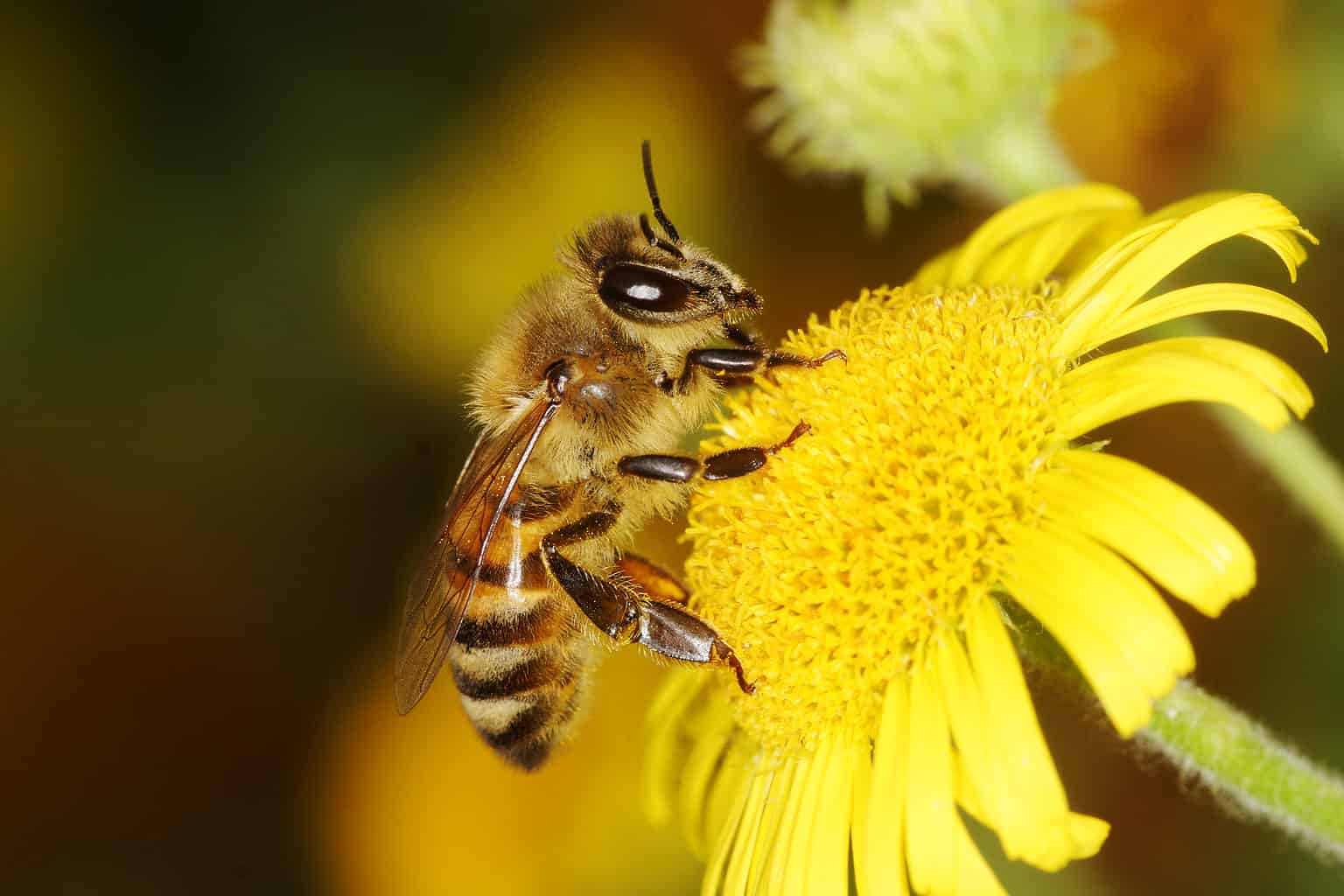Whatever they are doing, bees take their jobs seriously, be it pollinating plants or nursing their young. They protect their homes, too, with dramatic tactics like producing shimmering waves to stave off approaching hornets or roasting invaders with their collective body heat.
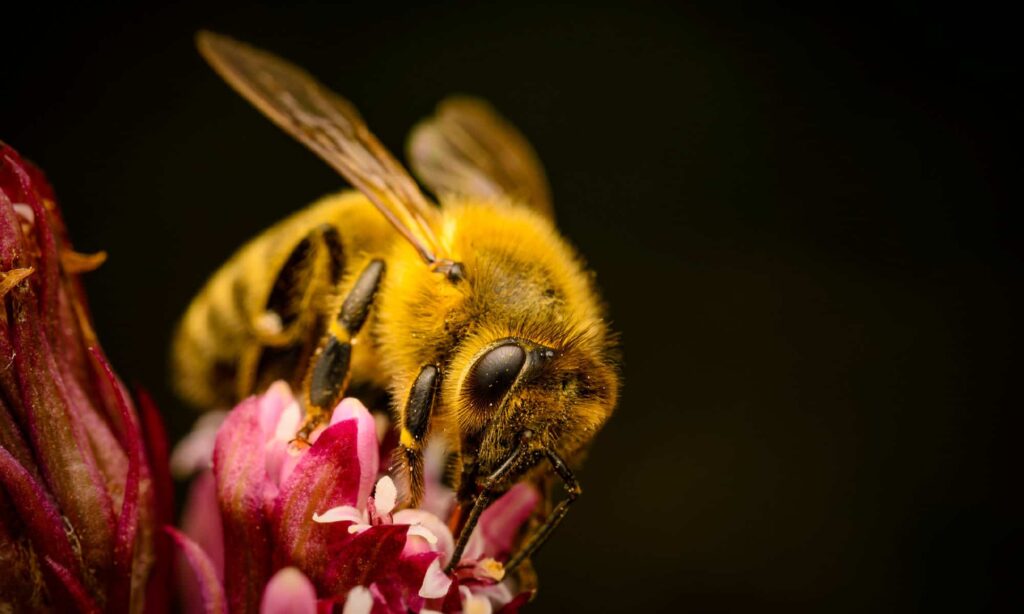
Researchers in Japan have discovered a new defensive tactic employed by bees: catapulting ants like rocks from slingshots. A study of Asian honeybees recently revealed this method. A curious ant approaches the beehive. A guard bee sidles up to the ant, rears its body back, and smacks the ant with its wing, sending it flying to parts unknown. It’s effective, but why do Asian honeybees do this? Watch the video above, and we will explore the topic further.
Just a Fling
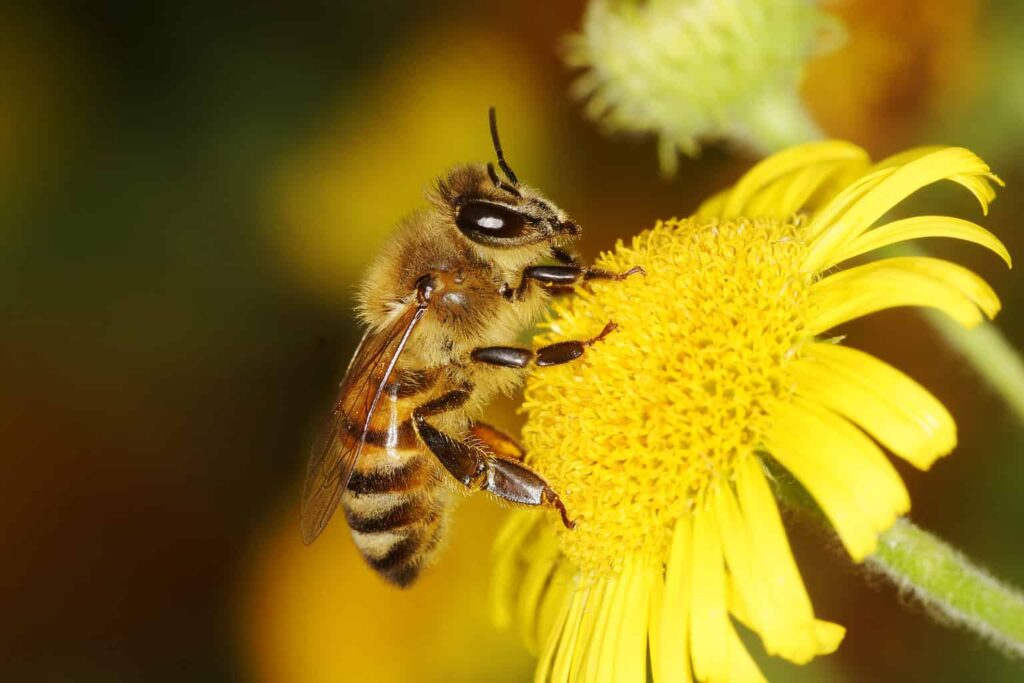
Once scientists were clued into this unique catapult tactic of Asian honeybees, they studied it. Japan’s National Institute for Environmental Studies set up several slow-motion cameras to capture this defense in detail. They discovered that approaching ants get sent flying by Asian honeybee guards about half the time.
Even when it doesn’t work, the wave of energy makes the ants freeze. Bigger ants, like Japanese wood ants, are more agile than their counterparts and much larger — they’re equivalent in size to the Asian honeybee. Even still, one in 10 swings sends them soaring. Typically, the struck ants sail to the ground relatively unscathed. Regardless, the sudden catapulting probably makes them reconsider further attempts on the hive.
Predation and Defense
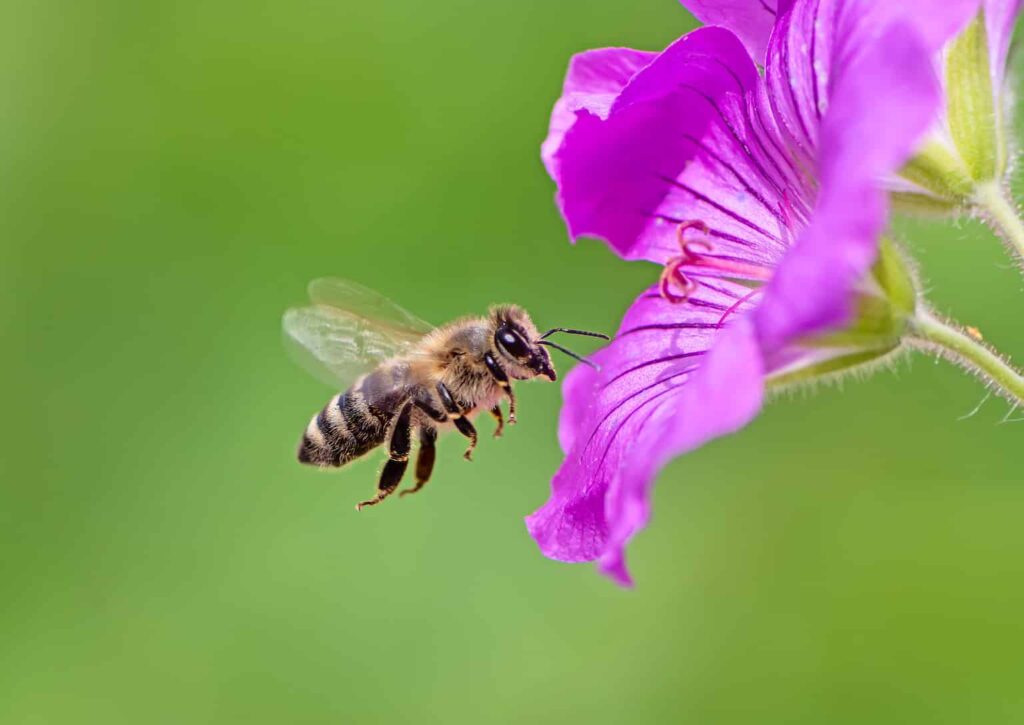
Rarely do Japanese Ants kill Asian Honeybees, but they may do some damage. A squadron of ants can easily invade a hive, drain its food reserves, and pilfer the bee’s precious eggs. These smaller ants don’t fare well in hand-to-hand combat with bees, but the Japanese wood ants can put up a fight.
Researchers believe the Asian Honeybees employ their special wing slap to keep the smaller ones at bay while conserving energy to deal with other threats. It gets tiring defending the hive against wave after wave of small ants, so why not guard it more efficiently?
Regional Adaptation
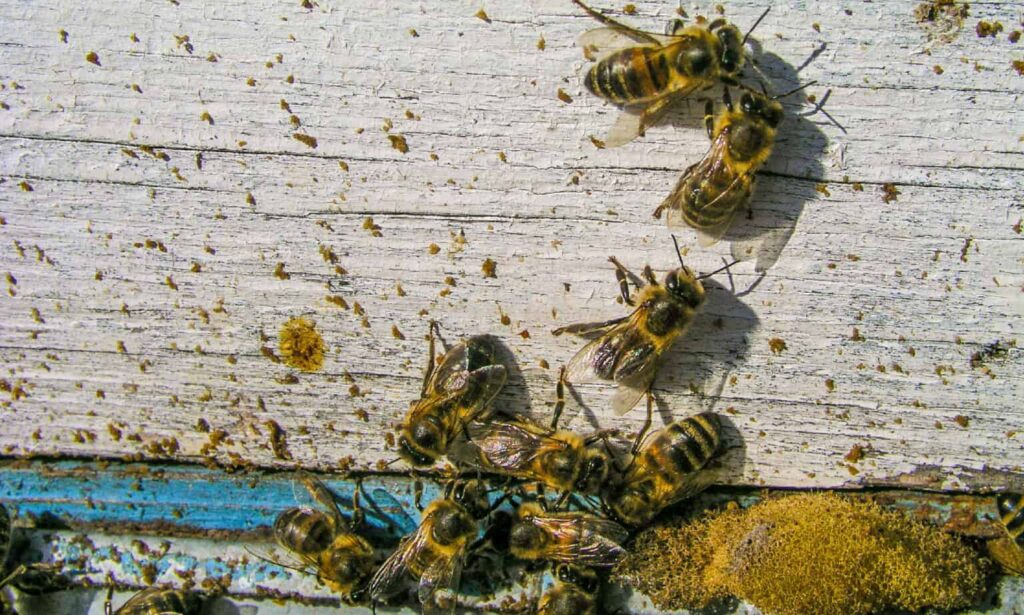
European bees do not employ the same defense tactics. That’s because their Asian counterpart is at the mercy of a wider range of predators, invasive species, and other threats. They’ve had to adapt to growing insect predator pressure quickly and they’ve done so in increasingly creative ways. Indeed, the wing slap is not the only trick up their sleeves.
Asian honeybees really think outside the box when it comes to defense. Some build walls of feces around their hives, presumably to scare away invaders with the smell of other animals. Researchers have also seen honeybees building welcome mats out of the corpses of insects. Much like the Assyrian kings of old, this entrance illustrates a grisly fate to would-be invaders. A truly inventive species, the Asian Honeybee keeps coming up with imaginative tactics to protect their hive and themselves. (For other bee variants, learn about the Africanized “killer” Bee.)
